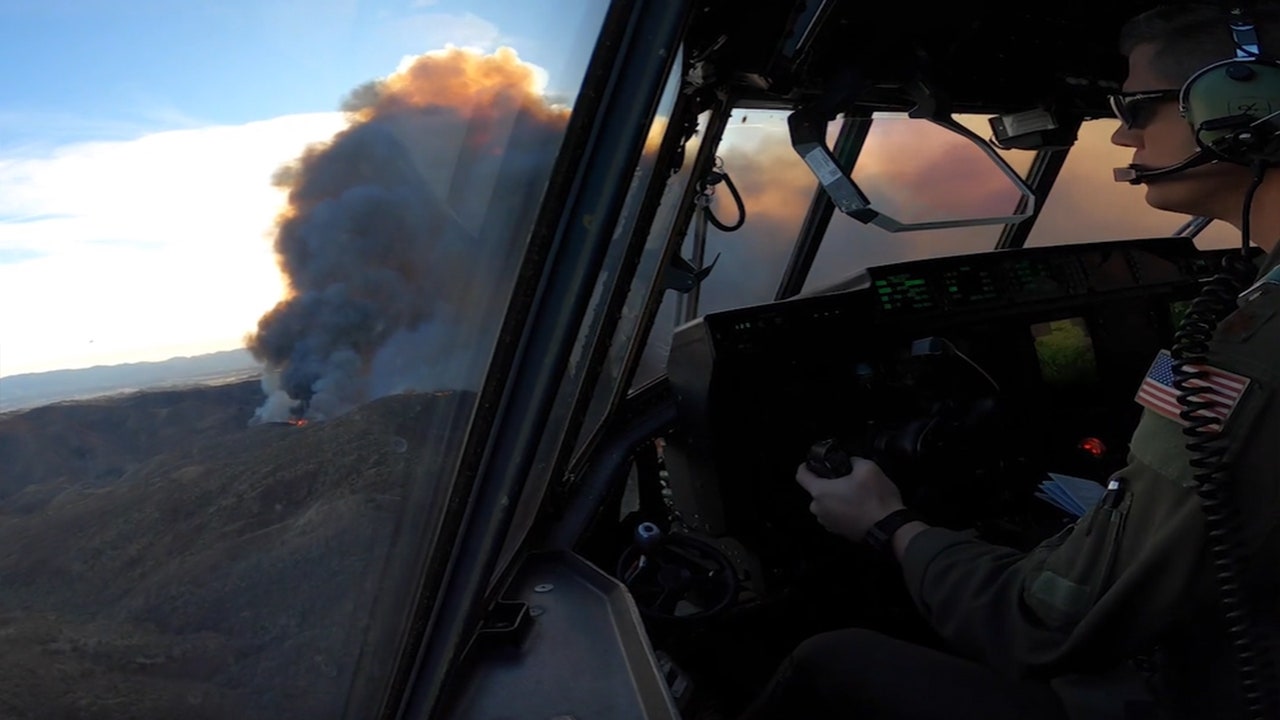- Nine of South Korea’s submarines have defects that could sideline them for extended periods.
- The issue comes to light as North Korea launches scores of missiles in shows of force to its neighbors.
- While the defects are serious, the issue may not change the strategic balance on the peninsula.
As North Korea launches massive salvoes of missiles in a bid to intimidate South Korea, the South Korean submarine fleet has been partly crippled by mechanical defects.
All nine of South Korea’s Son Won-il-class diesel-electric submarines — a Korean-built version of Germany’s Type 214 sub — are suffering from defective engines, according to Shin Won-sik, a legislator in South Korea’s National Assembly and a member of the conservative People Power Party.
According to a report submitted to the assembly by Shin, defects were found in the inverter module cables on seven of the Son Won-il class subs. The other two had “functional” defects in the inverter modules themselves, according to Naval News.
The modules, made by German firm Siemens, are “a critical component” of a sub’s propulsion system, with 12 installed on each submarine, Naval News said.
DONG-A ILBO/AFP via Getty Images
Also troubling is that the affected subs were sent on patrol without the root problem being identified — and without the necessary repairs.
That has led to problems at sea, including a January 2021 incident when the inverter modules on the third ship of the class, ROKS An Jung-geun, failed suddenly in the middle of the East Sea, requiring the sub to be towed to port.
Is this a defect with the inverter module or was it the result of poor ROKN maintenance? The fact that the cables are a part of the module, which was built by Siemens, suggests it may be a manufacturing issue, though there could be other causes. Shin said it was “most probably” caused by depolymerization of the outer coating on the cables’ rather than structural defects.
Either way, this is bad news for what should be one of Asia’s most potent submarine fleets.
South Korea has 19 diesel-electric subs, including nine Chang Bogo-class boats, which are based on Germany’s Type 209, that are armed with torpedoes (some have Harpoon anti-ship missiles), as well as nine Son Won-il boats armed with Hae Sung III land-attack cruise missiles.
South Korea Defense Ministry via AP
Seoul also has a single Type 214 variant armed with ballistic missiles and equipped with air-independent propulsion, which allows the boat to remain submerged for long periods without needing to surface and recharge its batteries.
South Korea’s sub woes come as North Korea continues to issue threats over joint US-South Korean military exercises that Pyongyang claims are a rehearsal for an invasion.
Pyongyang has hinted that it might unleash nuclear weapons and fired scores of missiles into the waters around the Korean Peninsula, including 23 ballistic missiles on Wednesday alone.
Serious problem, limited impact
US Navy/MCS Seaman Chase Stephens
For deterring a North Korean regime that is perpetually rattling the nuclear saber, land and air power are the strongest components of South Korea’s well-equipped, 500,000-strong active-duty military and the nearly 29,000 US troops in the country.
Aircraft in particular would be key to destroying North Korean nuclear sites, artillery emplacements, and even decapitation strikes against the North’s leaders.
But as North Korea learned when US Marines landed at Incheon in September 1950, the long coastlines of the Korean peninsula mean naval power should not be underestimated.
Superior US and South Korean naval capabilities — perhaps assisted by Japanese forces — allow for amphibious landings, special-forces raids, blockades, and shore bombardment.
Equally important, South Korean subs armed with ballistic and cruise missiles silently lurking off the peninsula means that the South would retain a retaliatory capability even if the North launched a devastating surprise attack.
US Navy/MCS2 Joshua M. Tolbert
“The fact that these subs are an important part of South Korean deterrence is reflected in the ROK Navy’s decision to keep them operational while executing a maintenance plan that limits the number under simultaneous repair,” said John Bradford, a maritime security expert at the S Rajaratnam School of International Relations in Singapore, referring to South Korea’s official name, the Republic of Korea.
“The ROK Navy’s overwhelming conventional advantage in the maritime space is why North Korea focuses on asymmetric capabilities such as special forces,” Bradford told Insider.
While South Korea’s submarine problem is troubling, it doesn’t really change the strategic balance between North and South, according to Cynthia Cook, a senior fellow at the Center for Strategic and International Studies in Washington, DC.
Cook called the technical problems on Seoul’s Type 214 subs “a particular concern” because it has been difficult to find the root cause, “which is the first step toward a lasting fix.”
“However, due to the size of the ROK submarine force, and the fact that it is made up of three classes of operational submarines, the impact across the whole force should not fundamentally change the ROK’s security situation,” Cook told Insider.
Michael Peck is a defense writer whose work has appeared in Forbes, Defense News, Foreign Policy magazine, and other publications. He holds a master’s in political science. Follow him on Twitter and LinkedIn.





